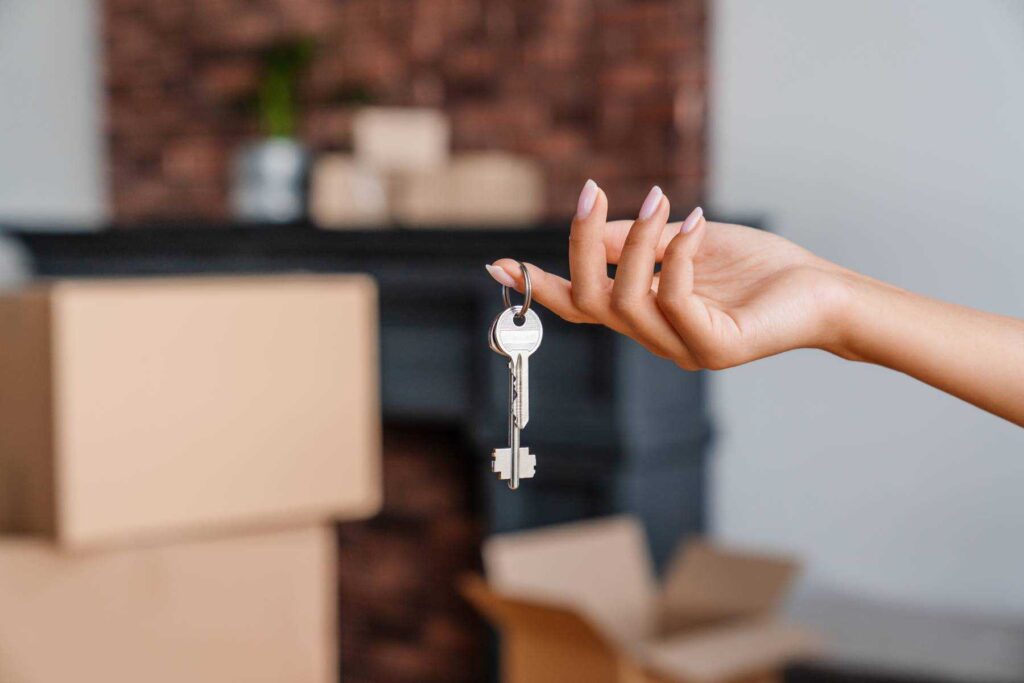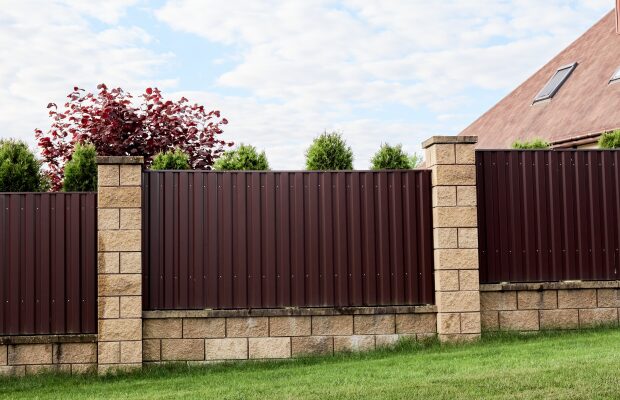As rumoured ahead of new Chancellor Kwasi Kwarteng’s ‘mini-Budget’, the government has confirmed that stamp duty will be cut from 23 September 2022.
Buyers will now pay no stamp duty on the first £250,000 of a property’s purchase price – compared with the previous nil rate band of £125,000.
First-time buyers will also benefit from the announcement, with their nil rate band rising from £300,000 to £425,000.
The maximum purchase price for first timers to be able to claim the relief has also risen from £500,000 to £625,000.
The Chancellor said: “Homeownership is the most common route for people to own an asset giving them a stake in the success of our economy and society, so to support growth, increase confidence and help families aspiring to own their own home I can announce that we are cutting stamp duty.
“The steps we’ve taken today mean that 200,000 people will be taken out of paying stamp duty all together. This is a permanent cut to stamp duty effective from today.”
What will I pay in stamp duty now?
The new rates of stamp duty announced in the ‘mini-Budget’ come into effect right away, meaning if you’re an existing homeowner or you’ve owned a property in the past, you’ll pay:
|
Portion of purchase price |
Stamp duty rate |
|
£0 – £250,000 |
0% |
|
£250,001 – £925,000 |
5% |
|
£925,001 – £1.5m |
10% |
|
£1.5m + |
12% |
If you’re a first-time buyer and your property is costing less than £625,000, you’ll pay the following rates of stamp duty:
|
Portion of purchase price |
Stamp duty rate |
|
£0 – £425,000 |
0% |
|
£425,001 – £625,000 |
5% |
For first-time buyer properties costing more than £625,000, you’ll pay the standard rates of stamp duty.
The existing 3% surcharge for people buying second homes or landlords buying investment properties will remain, meaning the following stamp duty rates apply:
|
Portion of purchase price |
Stamp duty rate |
|
£0 – £250,000 |
3% |
|
£250,001 – £925,000 |
8% |
|
£925,001 – £1.5m |
13% |
|
£1.5m + |
15% |
How much stamp duty will I pay?
The examples below illustrate how much you will typically pay.
Example #1
Stephanie is selling her current property and buying a new home worth £500,000.
She’s not a first-time buyer, nor does she own an additional property.
Stephanie’s stamp duty bill works out as follows:
|
Purchase price |
Current stamp duty bill |
New stamp duty bill |
|
£500,000 |
£15,000 |
£12,500 |
Stephanie’s saving is: £2,500
Example #2
Kate is an existing homeowner but is buying a property for £200,000 to rent out as a
buy-to-let. Kate is not a first-time buyer but will now own two properties, meaning she’ll pay the additional home rate of stamp duty as follows:
|
Purchase price |
Current stamp duty bill |
New stamp duty bill |
|
£200,000 |
£7,500 |
£6,000 |
Kate’s saving is: £1,500
Example #3
Andy and Jessica are both first-time buyers purchasing a house together for £500,000.
Because they’re buying for the first time, they qualify for additional stamp duty relief up to £425,000, meaning their bill works out at:
|
Purchase price |
Current stamp duty bill |
New stamp duty bill |
|
£500,000 |
£10,000 |
£3,750 |
Andy and Jessica’s saving is: £6,250







